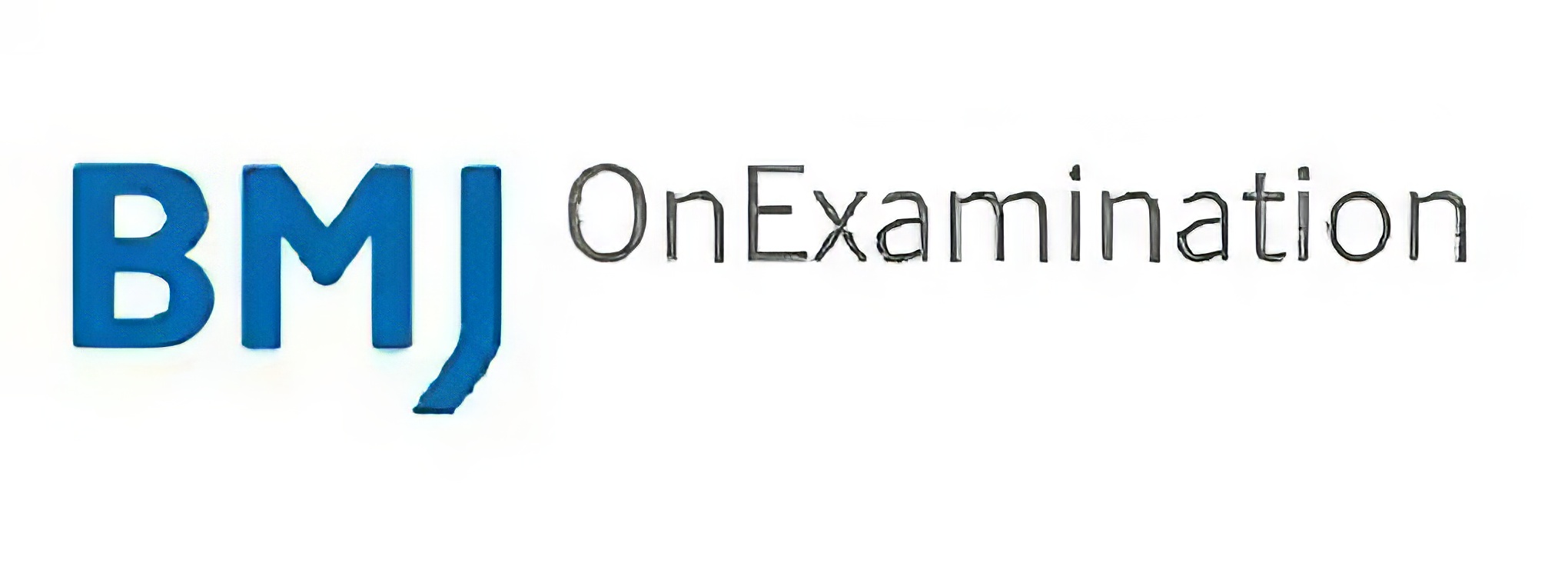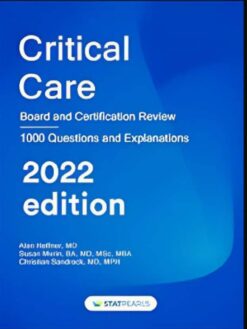OnExamination SCE in Endocrinology and Diabetes (Updated Feb 2023)
$35.00
This Product is shared via google drive download link, So please share your correct Gmail id while placing the order .Please note that there are no CME points or certificate associated with this course Samples for Courses Can be found here : Free Samples Here!
File Size : 2.9 MB
Categories: Books, Qbank & Questions
Tags: endocrinology, Qbank & Questions
OnExamination SCE in Endocrinology and Diabetes (Updated Feb 2023)
Preparing You For Your SCE In Endocrinology And Diabetes
715 questions Our revision for the Specialty Certificate Examination provides you with a bank of high-quality practise questions, mirroring the Royal College of Physicians curriculum. Revise With Quality Questions And Detailed Explanations Demo Question A 43-year-old male presented to hospital with acute myocardial infarction. His blood test showed that his total cholesterol was 7.8 mmol/L and his low-density lipoprotein cholesterol (LDL-C) was 13.5 mmol/L. As per NICE guidelines, at what level of LDL-C, diagnosis of Homozygous familial hypercholesterolaemia should be considered? Ο If LDL-C concentration greater than 9 mmol/L Ο If LDL-C concentration greater than 10 mmol/L Ο If LDL-C concentration greater than 11 mmol/L Ο If LDL-C concentration greater than 12 mmol/L
Ο If LDL-C Concentration Greater Than 13 Mmol/L
Key Learning Point Consider a clinical diagnosis of homozygous FH in adults with a low-density lipoprotein cholesterol (LDL-C) concentration greater than 13 mmol/l and in children/young people with an LDL-C concentration greater than 11 mmol/l. Explanation NICE recommends: Healthcare professionals should consider a clinical diagnosis of homozygous FH in adults with a low-density lipoprotein cholesterol (LDL-C) concentration greater than 13 mmol/l and in children/young people with an LDL-C concentration greater than 11 mmol/l. All people with a clinical diagnosis of homozygous FH should be offered referral to a specialist centre. To confirm a diagnosis of FH, healthcare professionals should undertake two measurements of LDL-C concentration because biological and analytical variability occurs. Healthcare professionals should be aware that the absence of clinical signs (for example, tendon xanthomata) in adults and children/young people does not exclude a diagnosis of FH.
Related products
Basic science
$0.00
Basic science
$0.00
Anesthesiology & pain medicine
$25.00











